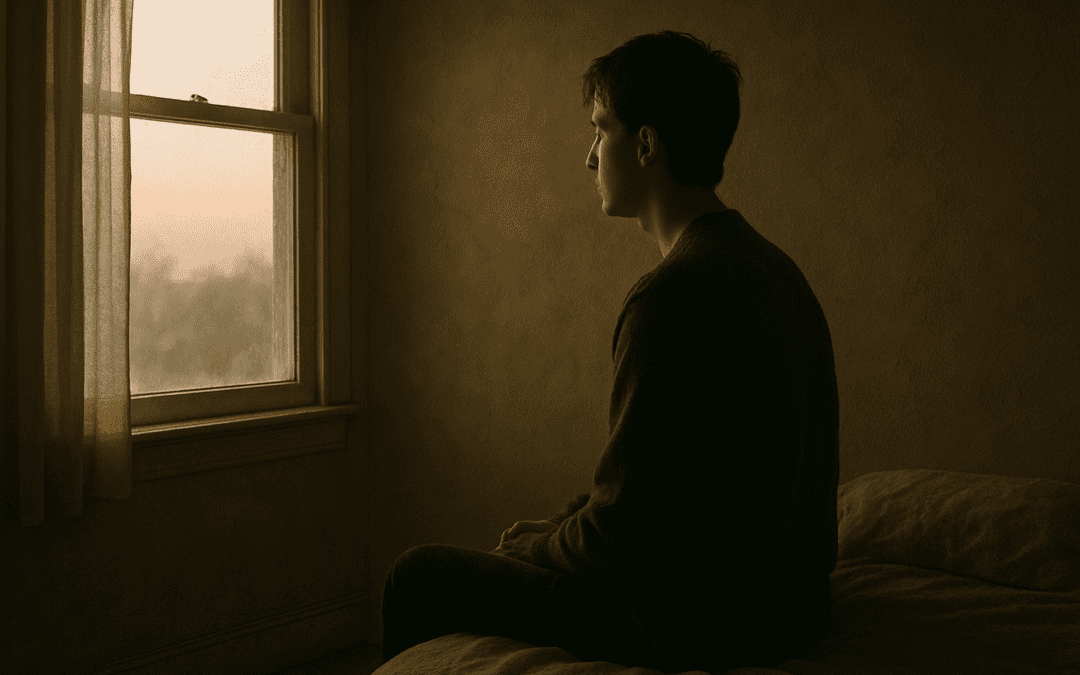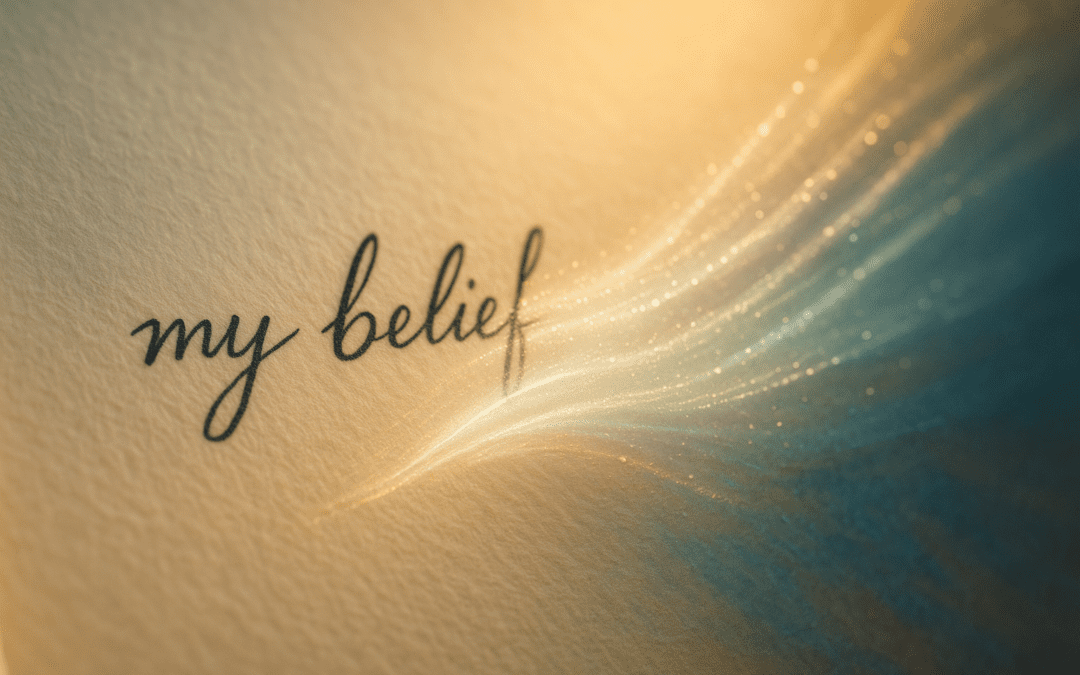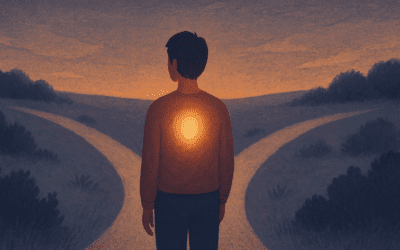There’s a question that quietly lingers beneath many life choices—so quiet we often don’t notice we’re answering it all the time:
Do I want comfort, or do I want clarity?
We don’t always recognize we’re choosing. But we are. With every hesitation to speak the truth, every deflection of discomfort, every pause before acting on what we know deep down—we are responding to this question.
The Pull of Comfort
Comfort feels safe. It’s the warm blanket of the familiar, the soft repetition of what we already know. It’s the staying, the waiting, the tolerating. It tells us, “You’ve made it through worse,” and reminds us how much effort change will take.
Comfort is not inherently wrong. We need it. We all deserve moments of gentleness, stillness, and softness. But when comfort becomes a hiding place rather than a healing one, it quietly delays the truth.
Sometimes comfort becomes a costume. We wear the smiles, play the parts, and stay in relationships, roles, or beliefs not because they’re right—but because they’re known.
And in that space, clarity becomes the enemy. Because to see clearly might mean we’ll have to leave something behind. A version of ourselves. A relationship. A narrative. A safety net.
So we choose comfort.
We tell ourselves we’re “waiting for the right time.”
We convince ourselves that not knowing is safer than knowing.
The Power—and Pain—of Clarity
Clarity doesn’t always feel kind at first. It can break through like a lightning strike—blinding in its honesty. It can also whisper—subtle, persistent truths we’ve tried to ignore.
Clarity asks us to look.
To name.
To stop pretending.
It’s not about having all the answers. It’s about being willing to see without distortion. To be radically honest about what is.
And here’s the hard part:
Clarity may cost you your comfort.
But it will give you back your self.
Comfort Says… / Clarity Says…
- Comfort says: “Don’t stir the waters.”
Clarity says: “The truth was never sleeping.” - Comfort says: “You’re too much or not enough.”
Clarity says: “You were never broken, only buried.” - Comfort says: “Stay here—it’s easier.”
Clarity says: “Go deeper—it’s freer.”
Sometimes the two can coexist. But more often, clarity is what opens the door to true comfort—the kind that comes after facing what needs to be faced, not from avoiding it.
Why We Choose Comfort (Until We Can’t)
We don’t choose comfort because we’re lazy.
We choose it because we’re scared.
We’ve been conditioned to believe that clarity = conflict. That honesty = rejection. That truth = loss.
But what if clarity wasn’t something to fear?
What if clarity is the light we’ve been longing for—one that reveals not just what isn’t working, but also what could be possible?
The job we no longer fit in.
The friendship we’ve outgrown.
The role that drains us.
The belief that no longer resonates.
The identity that no longer feels true.
Clarity tells us it’s okay to release what no longer aligns—even if it once saved us.
The Real Invitation
So the next time you find yourself hesitating, ask:
- Am I protecting my comfort, or am I making space for clarity?
- What am I pretending not to know?
- What truth would I act on if I weren’t afraid of what it might change?
And more importantly—What might become possible if I chose clarity, even just for today?
Not clarity for the next ten years.
Not clarity that guarantees a smooth road.
But clarity of this moment, this feeling, this knowing.
Because sometimes, the first real clarity is just this:
I don’t want to hide anymore.







0 Comments
Get involved!
Comments